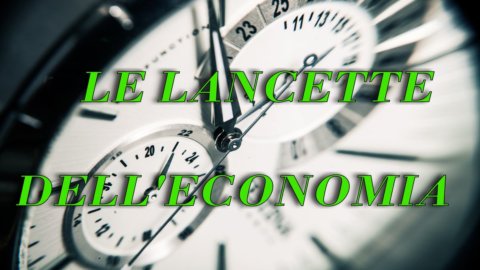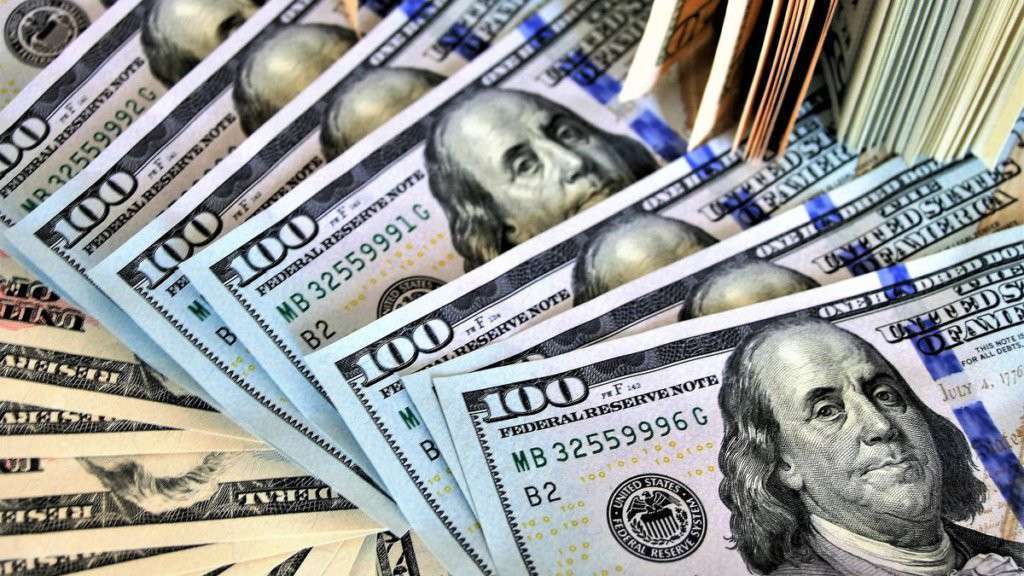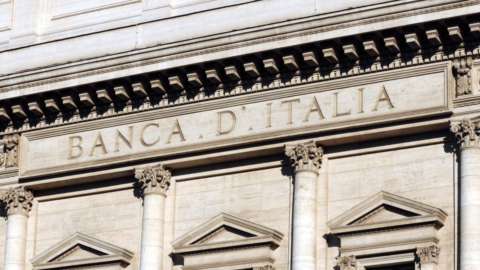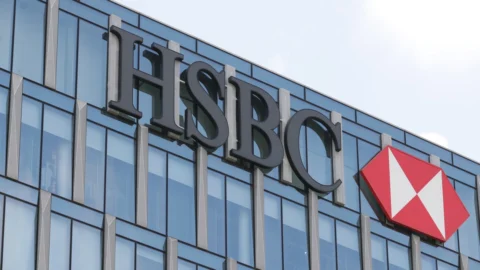The data for the last quarter of 2020 confirm the forecasts, with the Growing United States and Europe (and especially Italy) decreasing. During the quarter, it was said last month, the economic situation worsened, which posed a mortgage for this first quarter of 2021.
The pandemic was accelerating at the end of the year and the restrictions were back in the field, with more spanners in the wheels of the economy. From this point of view, last month's data is less negative. Apart from some resurgences, i contagions, opposed by the restrictions, slow down to the world average (and faster in America than in Europe), while investigations into the confidence – both for households and for businesses – show a substantial estate.
The coming months will be difficult, especially in Italy, where the surprise could be theDragons effect, which would help a lot to speed up the recovery of the Peninsula. Mutatis mutandis, a lucky slogan from a Carosello advertisement comes to mind: put a tiger in the engine, which accompanied the roaring years of the economic miracle from 1956 onwards. Yes, today we would need another true miracle. We put no limits on Divine Providence. «He is in a mission for God», he would have said, referring to the Great Mario, John Belushi.
On the other hand, the speed with which the vaccine was prepared (well more than one in truth) and the inoculation of the entire world population is proceeding. Thus, the judgment expressed in the last Lancet ("2021, the odyssey of the virus towards the happy ending", we headlined) remains valid, thanks to the vaccinations which proceed inexorably all over the world, albeit confused by controversial mishaps along the way.
The two largest economies on the planet – China and the United States – have been touched by Covid-19 in very different ways: the virus was quickly brought under control in the Celestial Empire, while in America it has infected almost one in 10 people and the number of deaths will exceed half a million this month. But, paradoxically, the Use I am, among the great countries, one of those where the economy has reacted better. Thanks to'impressive 'emergency room' (past, present and future) of monetary and budgetary policies, and also thanks to the natural resilience of the economic system which, in this as in other cases of the past, shows a reactivity to "barbs and darts of adverse fate" that other countries envy. Looking ahead, the two locomotives – USA and China – ensure robust cross-country towing of the world economy.
Last month we noticed how among the 'economic lessons' of the pandemic there has been a benevolent acceptance - theoretical and practical - of public deficits and debts to disinfect the economic consequences of the virus, and a review of the respective roles of monetary and budgetary policies. Another lesson can be learned from an interesting study by the Peterson Institute of International economics (Why some experts got pandemic readiness wrong, of Cullen S. Hendrix) looking at a report released in 2019 (so before the virus): The Global Health Security Index he analyzed (prophetically, in hindsight) which countries were better positioned in the event of a pandemic. Well, there was no correlation between those placements and the results in the fight against SARS-CoV-19. They had been ignore the variables of political leadership and social cohesion, which affects obedience to restrictions. Two variables that are not new, but that had not been sufficiently studied. Let's expect a forest of learned analyzes on the subject.
Inflation reserve one confirmation and one (half) surprise. The confirmation lies in the tensions on producer prices and on raw material: the (relatively) good health of large absorbers (China and USA), the (relatively) good performance industry compared to services and the majors transport costs explain the rise in prices. The (half) surprise lies in thesoaring consumer prices in the Eurozone in January. The explanation seems to be two one-offs: the revisiting of the basket weights (more details will be given later on) and theVAT increase (i.e. the termination of a reduction) in Germany, where the surge was far greater than elsewhere. But let's put things in perspective: we are always in the 'zone of despondency' of central banks, i.e. well below the famous 2 per cent.
I long rates (10-year Bunds and T-Bonds) feel the slight improvement in the underlying economic trends and are equally slight ascent. In Italy political factors count as much and more than economic ones, and BTP yields are in cautious countertrend (spread below 100!), both because the recovery is more fragile and because theDragons effect it manifested itself in February and drove rates and the spread back down.
Here too, as in the case of inflation, however, one must put things in order perspective. We are still close to historic lows and will stay there: le Central banks they have no desire to raise key rates and, despite the improvement in economic activity, they do output gaps remains high.
For the real rates, the increase in nominal values was implemented only for i T Bond, while Waist e btp they felt the brunt of higher inflation in January. Even if the decline in real rates is welcome for the economy, it will not necessarily pass on market rates (households and businesses) given that, as mentioned above, the surge in prices (both in the general index and in the core) is due to one-off factors. However, i real rates, with or without the one-off factors, they are well below the GDP growth rate, which helps the path of the economy in this year of recovery.
For the you change, the descent of the dollar, as the robustness of the US economy becomes more evident. The return of quotations (from the recent lows of 1,23 against the euro to just above 1,20) was evident even before the recent rebound of the long-term real rate differential between T-Bonds and Bunds (from zero to 100 basis points), moreover triggered, as mentioned above, by factors specific to the January inflation in Germany. And it cannot be excluded that the ECB, although it claims that it is not the target of monetary policy euro exchange, has influenced it laterally, by interposing negative pressure on prices, expressing the concern that the strength of the euro (which in any case appreciated by about 10% against the dollar compared to a year ago) contribute to deflation (which is indeed a target of monetary policy). There chinese coin it too, in the last month, lost something against the dollar, but maintains, compared to a year ago, an appreciation of around 8% against the greenback.
I stock markets they continue in a optimism which a few months ago seemed insane, but now seems justified by a 51% full glass. Fortunately, they also deliver some amusement, as in the case of Wallstreetbets/Reddit/GameStop/silver… Always in a positive key, it makes sense to reiterate what was already observed last month: by aggregating the modest real rates and the good performance of the stock markets, both the cost of debt capital the cost of equity capital draw financial conditions of great support to the economy.








